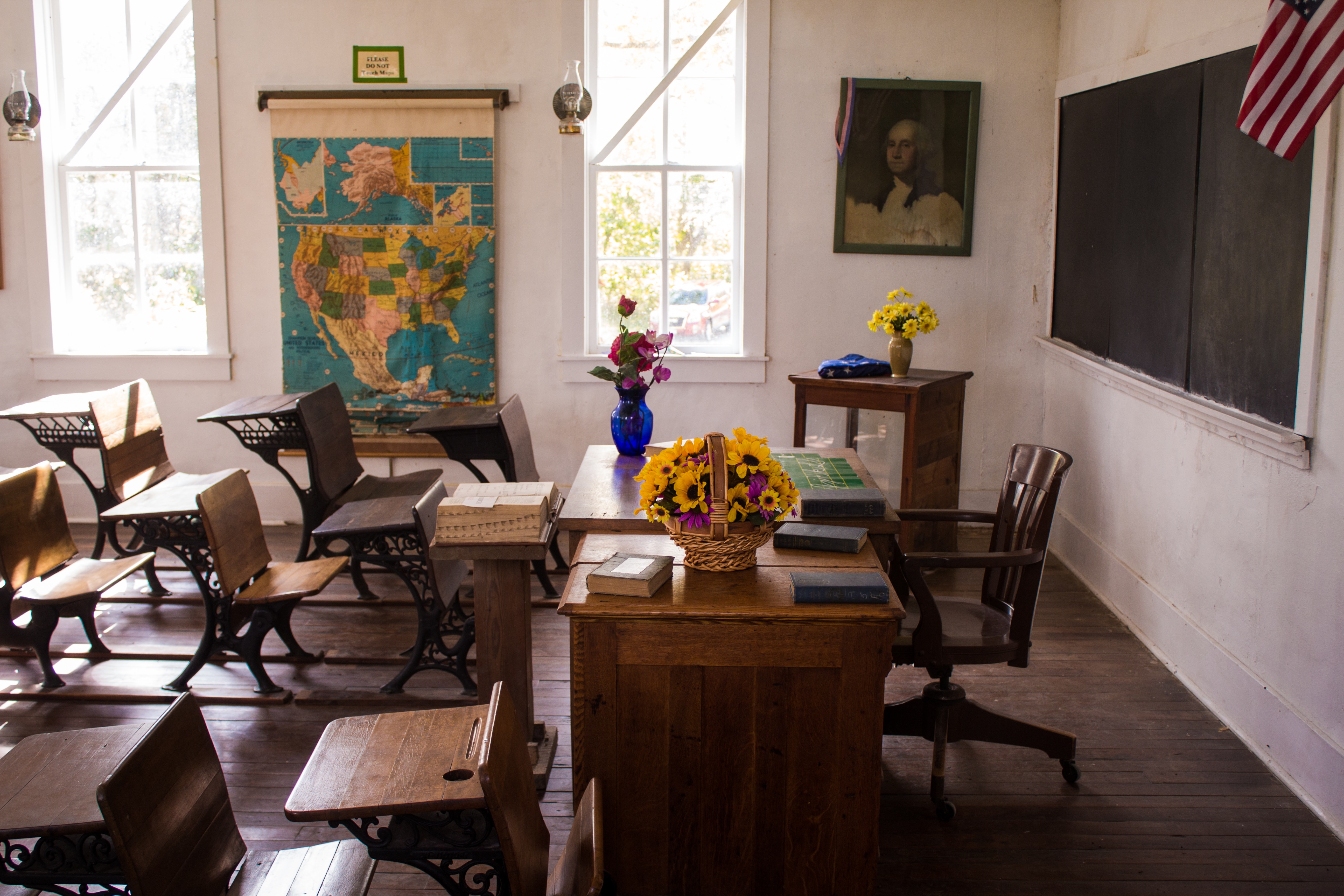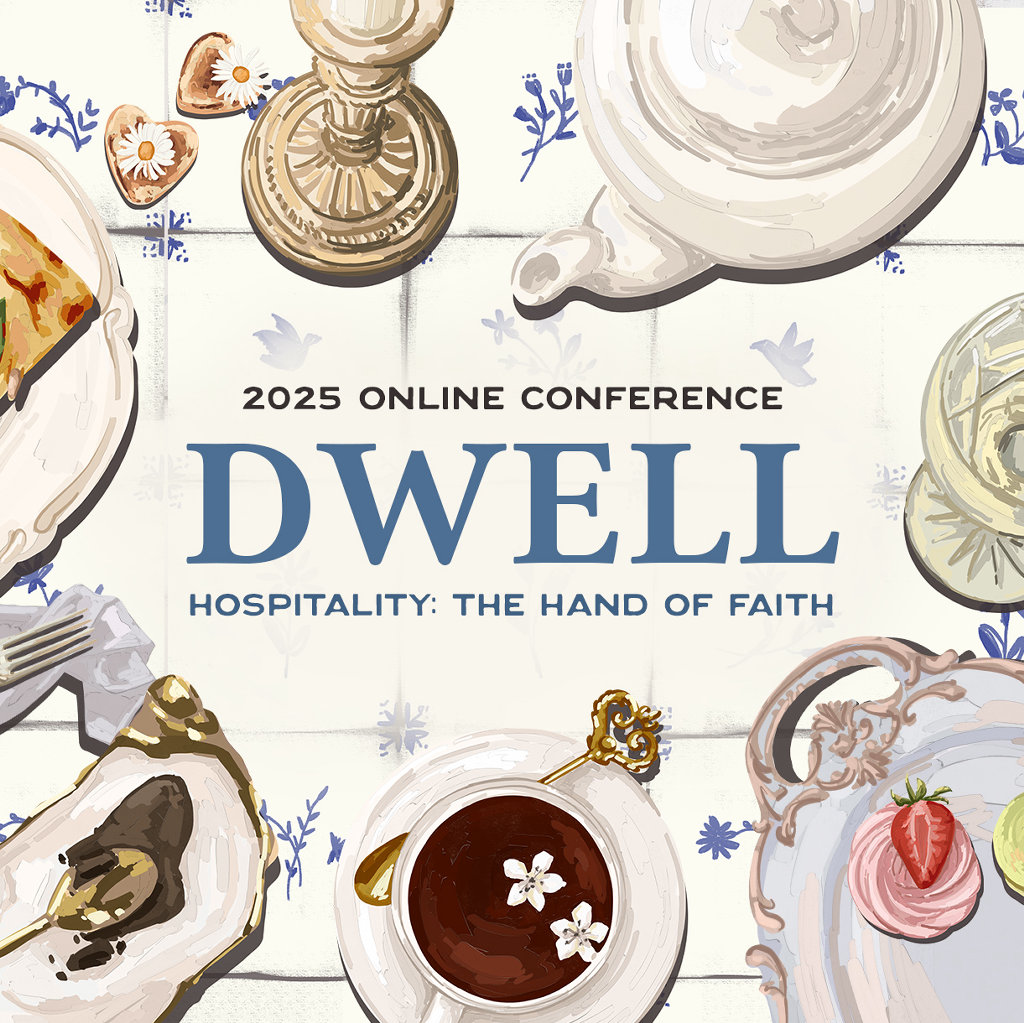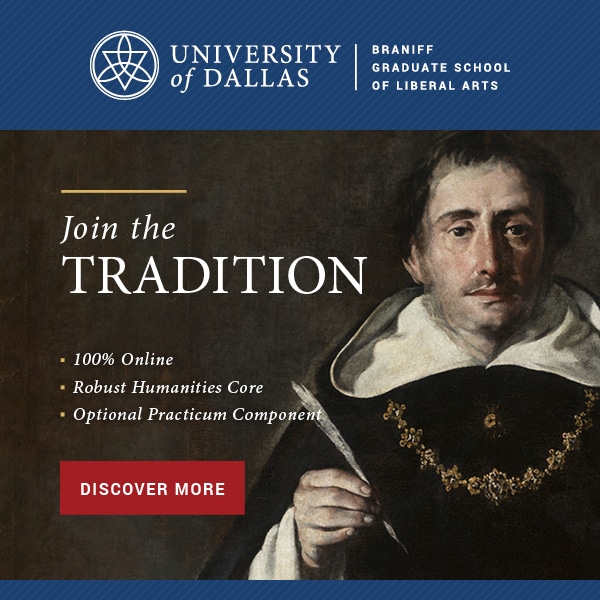The Unspoken Meaning Behind the First Day of School

In the 15th century, many students studying at a university sought accommodations at communal student houses. Each house had its own name and acted as both a residence and a place of learning.
A master of the arts would oversee the house and provide academic teaching while also being responsible for the food, furniture, rules, and routines of the community. The house was called a hospicium, which meant a rest house for travelers. The students, or guests, were hospites; these words naturally conveyed the idea of showing hospitality to strangers.
As we prepare to begin the school year, think of your teaching in terms of how teachers and students might share life by sharing a space, and how the patterns of interactions (both intended and unintended) shape our residents. Imagine your classroom as a home and yourself as the master of the arts responsible for overseeing it. Imagine preparing for your new arrivals as you live out your calling as a teacher and a Christian. The souls entering “your house” will be in your care all year. How will you prepare for their arrival? What things should you do to make them feel welcome on day one and throughout their stay? I doubt that we would feel ready by simply putting out new name plates and putting up a cute bulletin board.
Instead, our considerations might include how welcoming we are and how we can shape the patterns of life together in this home within which they will grow and learn. We might concern ourselves with how to sustain them when they are discouraged or lonely and how to nourish them and build a community of trust and purpose.
In our attempt to imagine our teaching and learning time as not merely presentation and delivery of content, we must also consider our choices in terms of time and space. We must think about how our daily interactions influence attitudes, hearts, and desires, and how the rules and rhythms of our time together make the “house” a peaceful home.
We may assume that the routines of the day-to-day are somehow unattached from learning, attitudes, hearts, and desires, but any member of a household will tell you that is not the case. As the masters of our hospicium, our choices will be understood as hospitable or inhospitable, they will inspire or deaden, include or exclude. They will convey what we actually think about wonder, the love of learning, and contemplation regardless of what we speak with our words. We may say that we are their leisurely, loving host, but our actions may instead portray an uncaring, hurried taskmaster. We may claim that “our furniture is comfortable,” but in reality we may have just set up folding chairs in a stark room.
The question for us to ponder as we begin the school year is not, “Do our choices convey what we say we believe about the child, classical education, and our faith?” In his book On Christian Teaching: Practicing Faith in the Classroom, David Smith says, “Thinking of teaching as basically explaining things is like thinking of a church service as basically singing things. It misses a huge amount of what matters.” He explains that when a discipline enters a learning environment, it gains a silent cloud of meaning. Our teaching behaviors and choices don’t just happen, they are witnessed, interpreted, judged, and responded to. In the end, different associations, attitudes, and loves will have been nurtured or squashed.
The choice available to us is not whether or not to communicate values beyond course content, but which ones to communicate. Smith continues, “Pedagogy is never innocent; it is a meaning that carries its own message… Pedagogical choices thus themselves become part of the student formation. They induct students into ways of relating to one another, to the subject matter, to the teacher, and to the implied wider world in which learning is embodied. Formation is part of how teaching works.”
Ask yourself, as I did, what message you unconsciously send on the first day of school about what you value, about what the year will be like, about the class, and about what teaching “Christianly” (as Smith says) means. I examined my first day routines in light of these ideas, and I realized that my “home” was anything but welcoming and hospitable to my seventh grade Humanities students. Actually, very little thought had gone into anything other than getting through the first day and filling the air with a list of rules, expectations, and habits for entering and exiting the room. I gave more thought to how to keep them quiet and busy than I did to getting to know them or seeing them as young people stepping into an unfamiliar house with a person they may have never met before.
Not a single thought was given to how to embody the virtues that we would memorize over the course of the year or how my course material would change them in the next few months. I had not considered how the repeated themes in our literature would be part of the “furniture” or “food” in our daily home.
They left my class on the first day after what could be seen as a standing-in-the-doorway lecture on what would and would not be done in my house. I may have smiled, but I was not hospitable. They got nothing to eat and were not genuinely welcomed. They were able to tell me where the emergency exits were, and I was able to tell who didn’t know what an adjective was. Overall, I had wasted their time, and in doing so, I had sent them a message about what I thought about their time, our class, them, and school in general.
This is not to say that the first day should be a carnival of fun; what I am saying is that our practices carry an unspoken meaning and that we should be aware that they either confirm or deny what we believe as Christian teachers in a classical school. The daily routines and patterns of interaction in our classes are not unattached to meaning. They emerge out of a larger story of what we believe.
When I think about the upcoming first day of school now, I imagine welcoming nervous travelers to my home and inviting them to gather as friends around a fireplace. I worry less about the dissemination of information and instead, I begin with an invitation to hear a story, one that we’ll return to on the last day of class as we say farewell to each other and reminisce on our time together.
Jean Auxier, a 2022 recipient of the Herzog Foundation’s Teacher of the Year award, serves as the Dean of Faculty and Curriculum Development at Faith Christian Academy, where she also teaches seventh-grade humanities. Jean is a longtime student of classical Christian education, entering her 20th year in a classical Christian school, and is continually sharing all that she learns with colleagues and parents.









7 thoughts on “The Unspoken Meaning Behind the First Day of School”
“When I think about the upcoming first day of school now, I imagine welcoming nervous travelers to my home and inviting them to gather as friends around a fireplace. I worry less about the dissemination of information and instead, I begin with an invitation to hear a story, one that we’ll return to on the last day of class as we say farewell to each other and reminisce on our time together.”
Okay, so what does this actually look like?
Hi Jim,
After reading Smith’s book, I reworked the first day. Rather than going through the syllabus and giving some sort of placement test to “see where they are”, or going over rules and expectations, I spend some time learning about them and then telling them a bit about what Ken Bain calls, “the promises of the course”. Next, we dive right into a short fairy tale and spend the majority of our time together reading and discussing its meaning. By the time they leave, they’ve actually experienced the class, and I’ve set the tone for my expectations and hopes. Their homework is to read the syllabus. Going from the “reading of rules” to “offering a taste of the bread” has made a significant difference in how eager students have been to jump in and trust the work.
Jean
What story do you read?
Hi Mary,
Our literature reading in 7th begins with original fairy tales, so I begin by reading Hans Christian Andersen’s The Goblin and the Grocer. Once we read it, we delve into the characters and the layered meaning of the tale. I want them to see (via discussion) the differences between how the students “knows” and how the tub “knows” and what each character values. Hopefully, that comparison will pop up several times over the course of the year and we’ll revisit the tale on the last day.
Jean
Mrs. Auxier! I love this article. School starts on Monday- my second year teaching 2nd grade! I will think about this on my first day :)
Love,
Hannah (Simpson) Luce
Beautifully written–thank you!
Thank you for this beautifully and thoughtfully written article. I appreciate your candor and willingness to confess where you’ve fallen short of your own emerging standard while holding out a hope of a new way forward, both for your own classroom as well as for mine. This resonates deeply with my felt longings for offering true hospitality to students through my teaching.